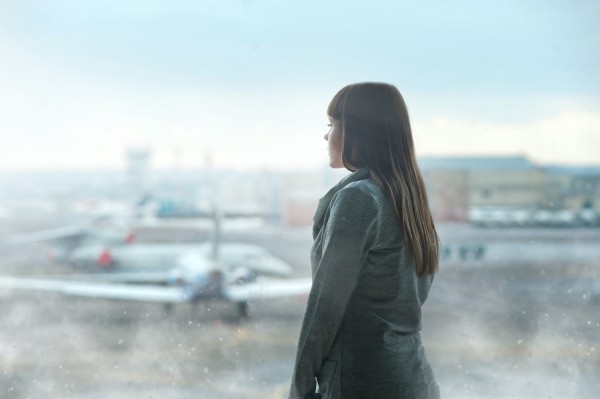 (Photo : Pexels/Oleksandr P)
(Photo : Pexels/Oleksandr P)
Flying can wreak havoc on your skin, but Meghan Markle's facialist has suggested ways to mitigate its damaging impact.
According to Dermatologica, the artificial pressure within the plane's cabin can draw out moisture from the skin, resulting in dehydration. This skin dehydration often becomes visible as dryness and flakiness, making it a common concern for frequent flyers.
Fortunately, Sarah Chapman, the Duchess of Sussex's facialist, gave a few easy tips to combat or avoid dry and flaky skin when traveling during an interview with Emma North, deputy beauty editor at Hello! magazine.
The tips below provide a practical yet simple approach for individuals seeking to protect their skin while flying.
1. Don't wear makeup
Chapman advised against wearing makeup while traveling aboard planes, noting that they can clog the pores and prevent you from benefiting from your skincare products.
Instead of applying makeup before boarding a plane, the facialist told the outlet, "I always give my face a thorough cleanse and apply a generous layer of moisturiser to act as a barrier against the drying effect of the air-conditioning."
2. Always carry a facial mist
Going on long flights can significantly affect the hydration levels of your skin, so Chapman recommended taking a facial mist with you. This convenient solution allows for easy spritzing whenever your skin requires a hydration boost amid exposure to the dry cabin air.
"Our skin is most comfortable with air humidity of 40-70%, but humidity falls to about 20% in-flight, so skin can become extremely dehydrated. A spritz of a hydrating mist every hour keeps skin comfortable and protected," the skin expert said.
However, Chapman added that it's crucial to scrutinize the ingredients list and ensure the mist doesn't contain potentially drying components like denatured alcohol.
3. Use sheet masks before, during, and after flights
If you want to keep your skin well-hydrated and radiant even after a long flight, make sure to pack sheet masks with you. Using face masks during flights can work wonders in maintaining your skin's suppleness, Chapman said.
According to her, sheet masks are vital pre-, mid-, and post-flight, particularly for extended journeys.
4. Apply thicker moisturizer
Your usual moisturizer might not provide adequate protection for your skin during a flight, according to Chapman.
Consider opting for a thicker formula than your usual choice, but be cautious of products containing pore-clogging ingredients such as coconut oil or shea butter. These ingredients could potentially exacerbate skin issues, especially in a dry, pressurized cabin environment.
"A thicker moisturizer will act as a barrier preventing trans-epidermal moisture loss and protect from the dehydrating and bacterial effects of air conditioning and recycled air," Chapman said.
5. Don't eat plane food
This tip might be a little bit harder to follow than the others, but if you're aiming for a camera-ready look after a long flight, Chapman discouraged eating food prepared by the airlines.
According to BBC, Russ Brown, American Airlines' director of in-flight dining and retail, noted that at 30,000 feet, the ability to perceive flavors diminishes significantly due to the pressurized cabin environment.
Due to this, plane meals tend to contain high amounts of salt, something Chapman said can lead to facial puffiness. Avoiding these salty foods during your journey can help minimize the risk of bloating and give you a more refreshed look upon arrival.

